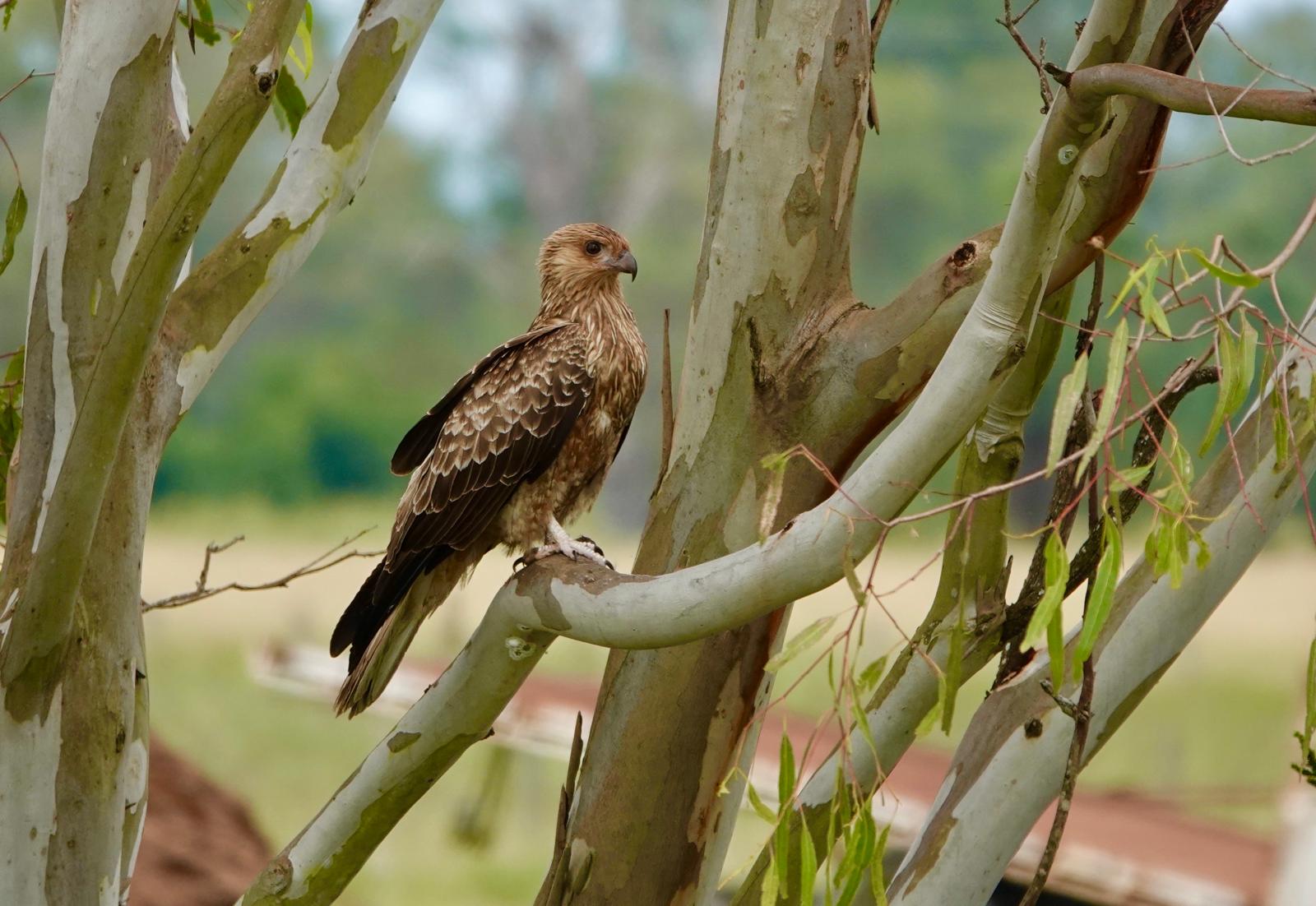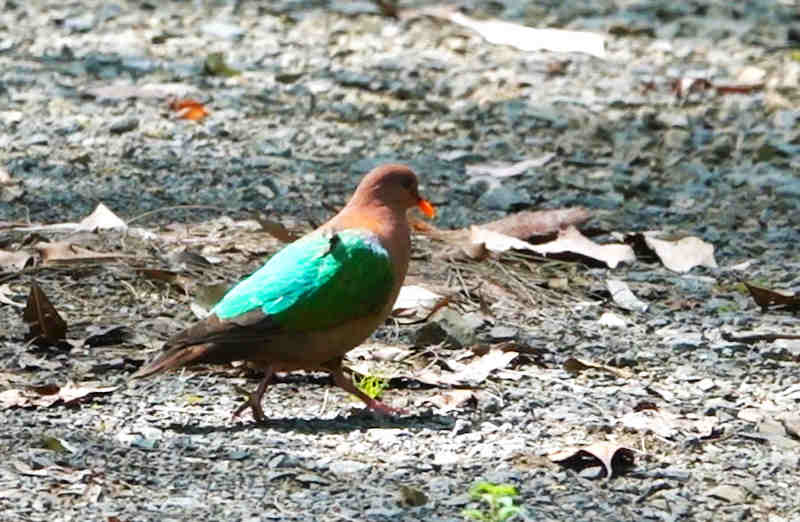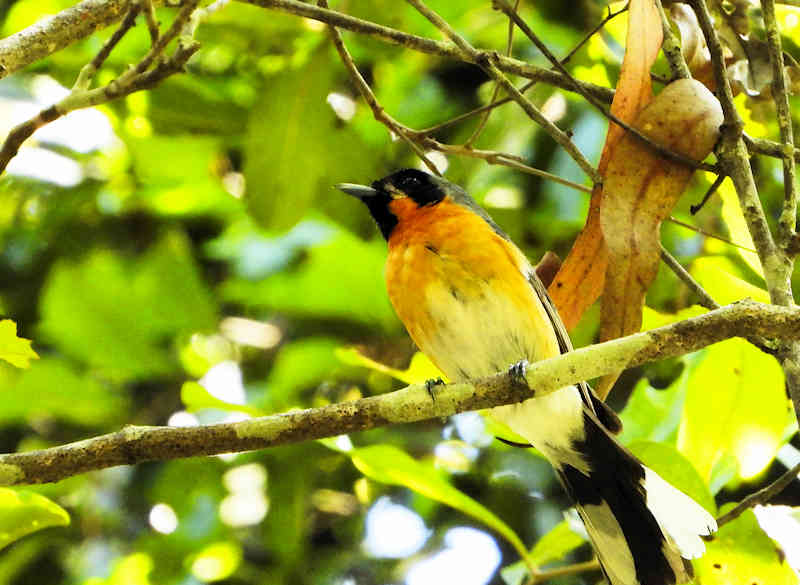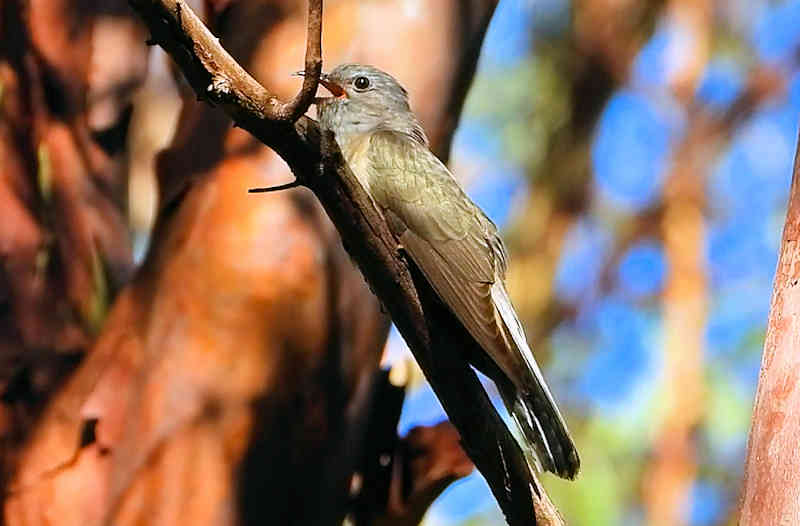Red-kneed Dotterel (Erythrogonys cinctus)
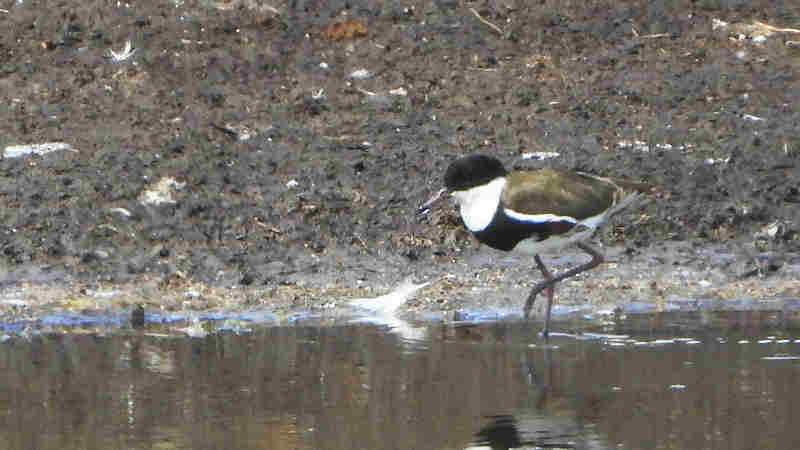
The Red-kneed Dotterel (Erythrogonys cinctus) is a distinctive and charming small wader found primarily in Australia, with occasional sightings in Papua New Guinea and Indonesia. Unlike many of its plover relatives, this bird prefers the calm shallows of freshwater wetlands rather than open beaches. Its striking appearance and fascinating behavior make it a favorite among birdwatchers and nature enthusiasts.
Identification and Appearance
The Red-kneed Dotterel is an unmistakable bird due to its bold markings and unique coloration. It has a black crown, face, and chest that contrast sharply with its white underparts. The upperparts are a warm brown, blending well with its wetland habitat. However, the bird’s most distinctive feature is the reddish-pink “knee” joint (actually the tibia), which gives it its name. Its legs are long and slender, and its bill is short and only slightly curved.
Habitat and Distribution
Red-kneed Dotterels are primarily found in freshwater wetlands, marshes, lagoons, and the edges of lakes and billabongs. They prefer shallow, muddy areas where they can forage for food. While they are widespread across most of Australia, their populations shift depending on water availability, making them somewhat nomadic. During dry seasons, they move in search of suitable wetlands, sometimes appearing in large numbers after heavy rains.
Behavior and Feeding Habits
This species is highly active, darting around shallow water and mudflats as it forages for aquatic invertebrates, insects, and small crustaceans. It often feeds by picking food off the surface or stirring up the mud with its feet. Red-kneed Dotterels are usually seen in small groups or pairs, though they may gather in larger flocks in areas with abundant food.
Breeding and Nesting
Breeding typically occurs during the wet season, when water levels are stable. The nest is a simple scrape in the ground, often lined with small stones or vegetation. The female lays two to four eggs, which are well-camouflaged against the surrounding environment. Both parents take turns incubating the eggs and caring for the chicks. Once hatched, the young are precocial—able to walk and forage almost immediately, relying on their parents for protection.
Conservation Status
The Red-kneed Dotterel is currently classified as Least Concern by the IUCN, as it remains widespread and adaptable. However, its reliance on wetland habitats makes it vulnerable to habitat loss, water mismanagement, and prolonged droughts. Conservation efforts aimed at protecting Australia’s wetlands benefit not only this species but a wide range of other waterbirds.
Red-kneed Dotterel and Birdwatchers
For birdwatchers, spotting a Red-kneed Dotterel is always a rewarding experience. Their striking appearance, energetic foraging, and preference for quiet, freshwater habitats make them a delightful species to observe. They are particularly common in areas such as Kakadu National Park, the Murray-Darling Basin, and various inland wetlands following seasonal rains.
Final Thoughts
The Red-kneed Dotterel may not be the most famous of Australia’s wading birds, but it is certainly one of the most distinctive. Its adaptability, fascinating behavior, and striking looks make it a valuable part of the continent’s wetland ecosystems. Protecting the wetlands they rely on is essential for ensuring their survival for generations to come.
We are affiliated with Amazon and make a small royalty at no extra cost to you, so by using the links below to purchase your next birding gear you can help us to maintain Simply Birding and continue to bring great content:

Canon, Sony and Nikon cameras: https://amzn.to/4gmtDWk

Lenses for bird photography: https://amzn.to/3WG3vyF

Tripods: https://amzn.to/3PVDNT0

Memory Cards: https://amzn.to/3PV4Y0z

Bird books: https://amzn.to/42NgsKS

Binoculars for bird watching: https://amzn.to/42G0nGZ

Spotting Scopes for bird watching: https://amzn.to/4hom5nq












